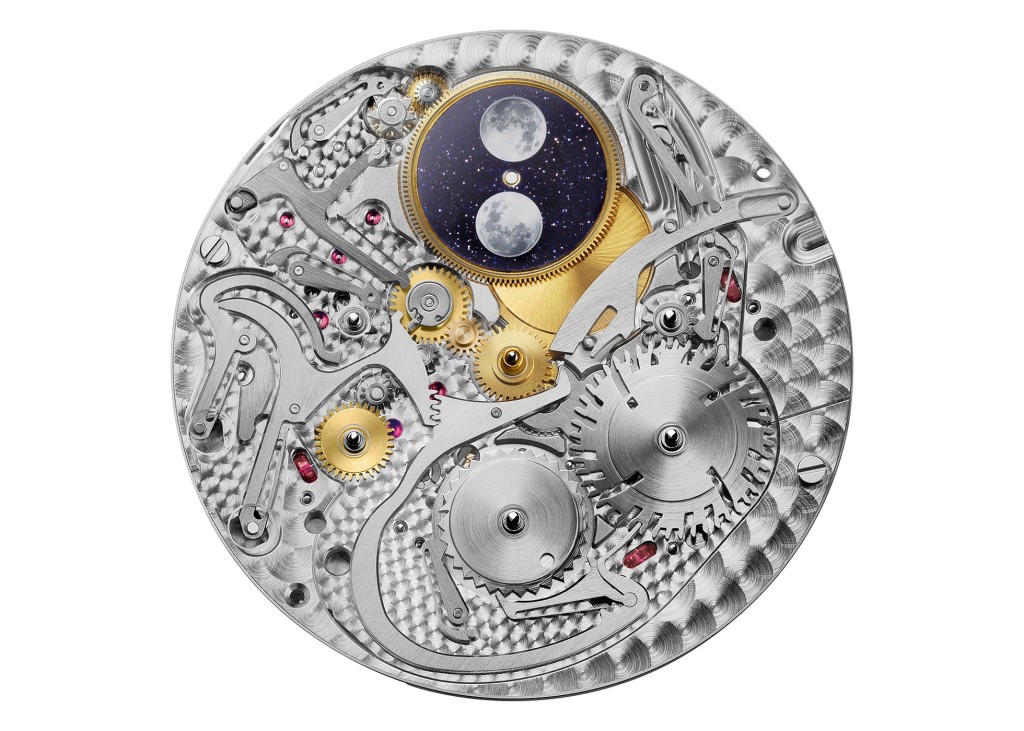A few years ago, Audemars Piguet introduced perhaps the most intriguing prototype timepiece that was not only jaw droppingly gorgeous but technically mind boggling. Creating an ultra-thin watch requires technical nous and is on par with creating some of the world’s most intricate complications, i.e. split-second chronographs and minute repeaters. Though in theory the task is to make everything thinner, this of course introduces other problems, as tolerances for certain mechanical parts start to wane and become more delicate. That piece went from prototype to production and now there is a new RO QP Ultra-Thin. This new iteration is more of the same but with an all-new titanium case, bezel, and bracelet – making it super lightweight.
AP have quite the history in creating ultra-thin watches, one of the proudest being the reference 25643 made in 1986. A tourbillon featuring the calibre 2870, that was until recently the flattest automatic tourbillon in the world at only 4.8mm thick (a record passed to Bvlgari in 2018 when they introduced the automatic Octo Finissimo Tourbillon), which featured a case construction that was revolutionary at the time. However, Audemars have reasserted themselves as experts in the ultra-thin world of watchmaking with this new self-winding perpetual calendar.
Peering through the back of the specially made titanium Royal Oak case, you could be forgiven for thinking that you are look at AP’s standard calibre 2120, however, the new calibre 5133 differs greatly in comparison. While a perpetual calendar in a Royal Oak is nothing new – this release is the thinnest automatic perpetual calendar, not in just any Royal Oak model ever, but the thinnest in the world. It took Audemars Piguet 5 years to develop this and the newly unveiled Calibre 5133, which measures a mere 2.89mm.

Audemars Piguet didn’t half-heartedly approach this new calibre by making use of 2120 and fixing a calendar complication to it, this would essentially be the calibre 5134 and this comes in at 4.31mm thick; this makes use of a classic 3 level QP construction, which is not exactly thin. The goal of Audemars Piguet was to take it as close to a single level as possible and this was a feat that was achieved, as the 5133 takes this 3-layer construction and condenses everything into a single layer. Of course, this means doing things differently and AP have reduced the thickness by placing components into shallow recesses milled out of the dial side of the mainplate but on top of this, have also used the dial as part of the supporting structure for the perpetual calendar inner workings.
The 41mm case of the self-winding Perpetual Calendar Ultra-Thin is quite something; to know that the complicated calibre 5133 movement has been squeezed into such a small frame is quite remarkable. To give you some perspective, the current Royal Oak ‘Jumbo’ Ref. 16202, which is a time only automatic watch and its 8.1mm thick – that’s a whole 1.8mm thicker. This is taking into consideration that the 16202 is already an impressively thin watch! Whereas the likes of Patek Philippe decided to use a micro rotor in their perpetual calendars to make it thinner, it is very impressive what Audemars Piguet have done with a full central rotor.
The previous version came with a very nice blue satin brushed dial, however, Audemars chose to take a slightly different path with this new one. AP instead opted for a Smoky-blue dial with sunburst pattern, black counters, applied hour-markers and Royal Oak hands in white gold with luminescent coating. This is topped off with their classic perpetual calendar layout: moonphase at 12 o’clock, with the addition of a day/night indicator just below the day sub dial at 9 o’clock.
The Audemars Piguet Royal Oak Selfwinding Perpetual Calendar Ultra-Thin: ref 26586TI.OO.124OTI.01 is exclusively to the AP boutique and is limited to 200 pieces world-wide. It is priced at CHF 137,000, for more information visit audemarspiguet.com.







